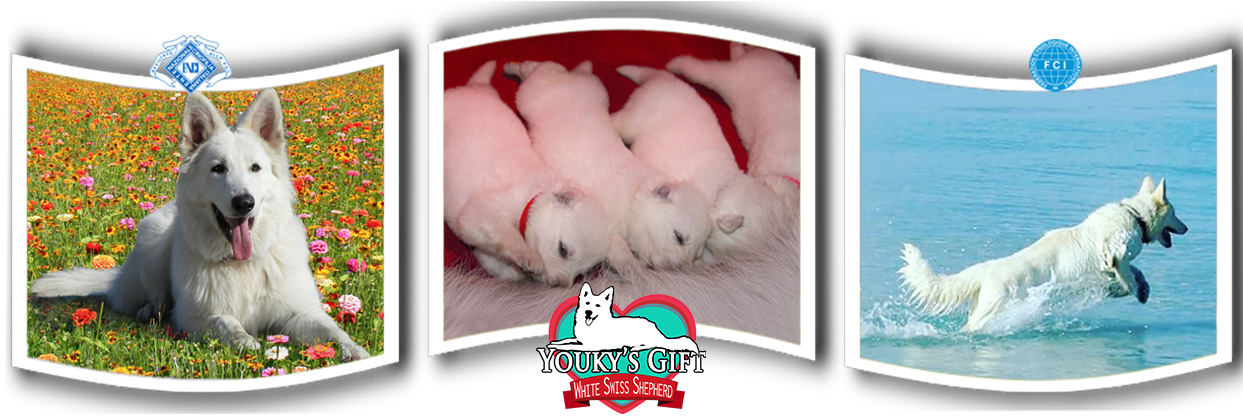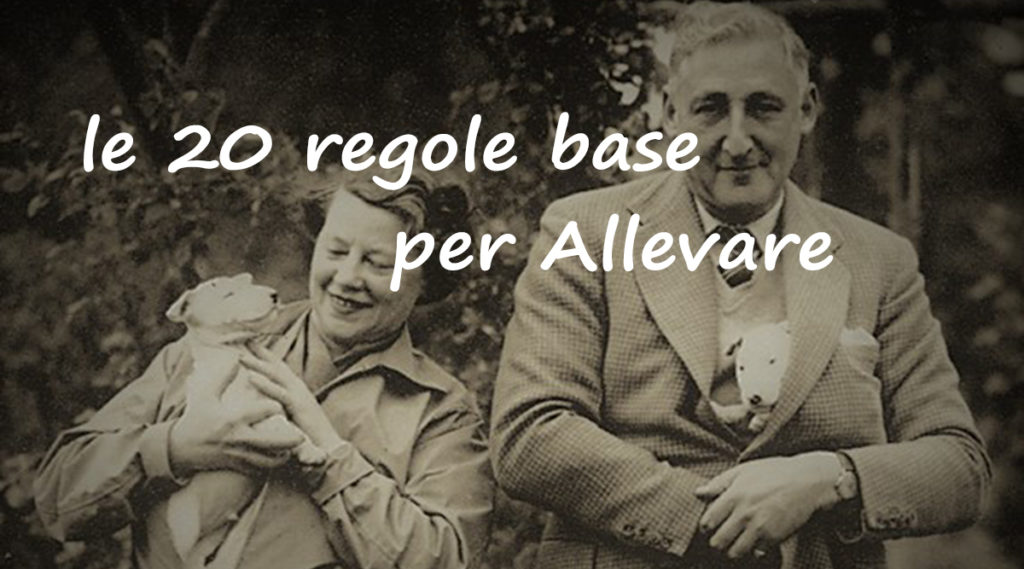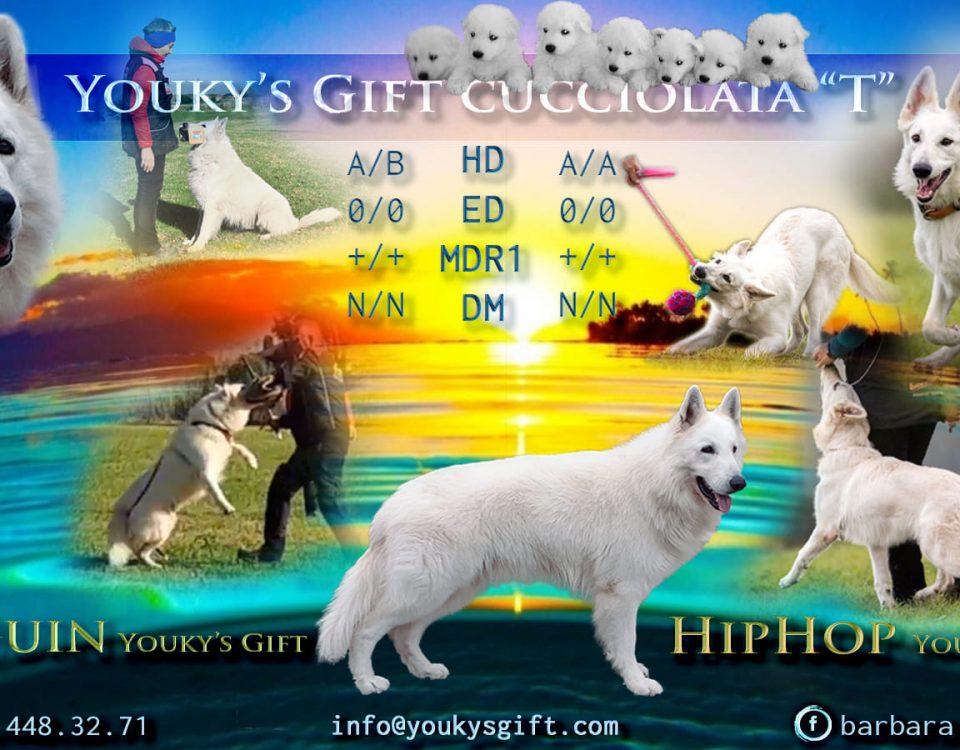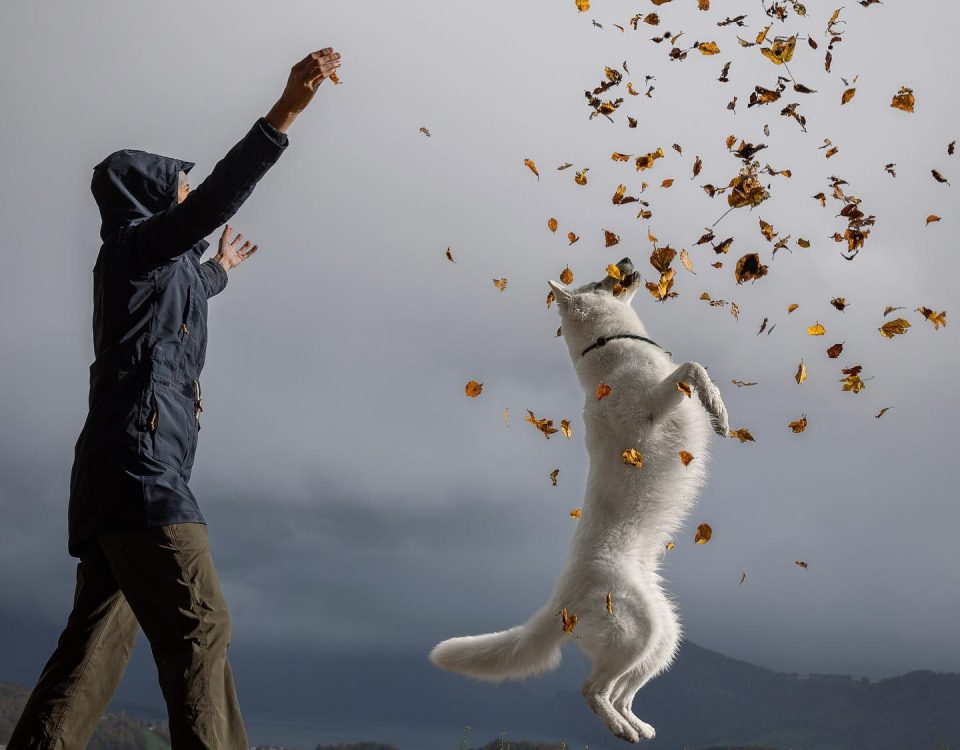20 regole base per Allevare
Vaccinazione Socializzazione
26 Luglio 2018
cucciolate future
30 Luglio 2018Queste 20 regole di base per allevare furono scritte da Raymond Harry Oppenheimer.
Raymond H. Oppenheimer fu uno dei più prestigiosi personaggi del mondo cinofilo inglese, considerato unanimemente il "padre" del Bull Terrier.
Fu giudice, allevatore e, insieme alla compagna e socia Miss Eva Weaterhill, titolare degli affissi Ormandy e Souperlative.
Venne a mancare nel 1984.
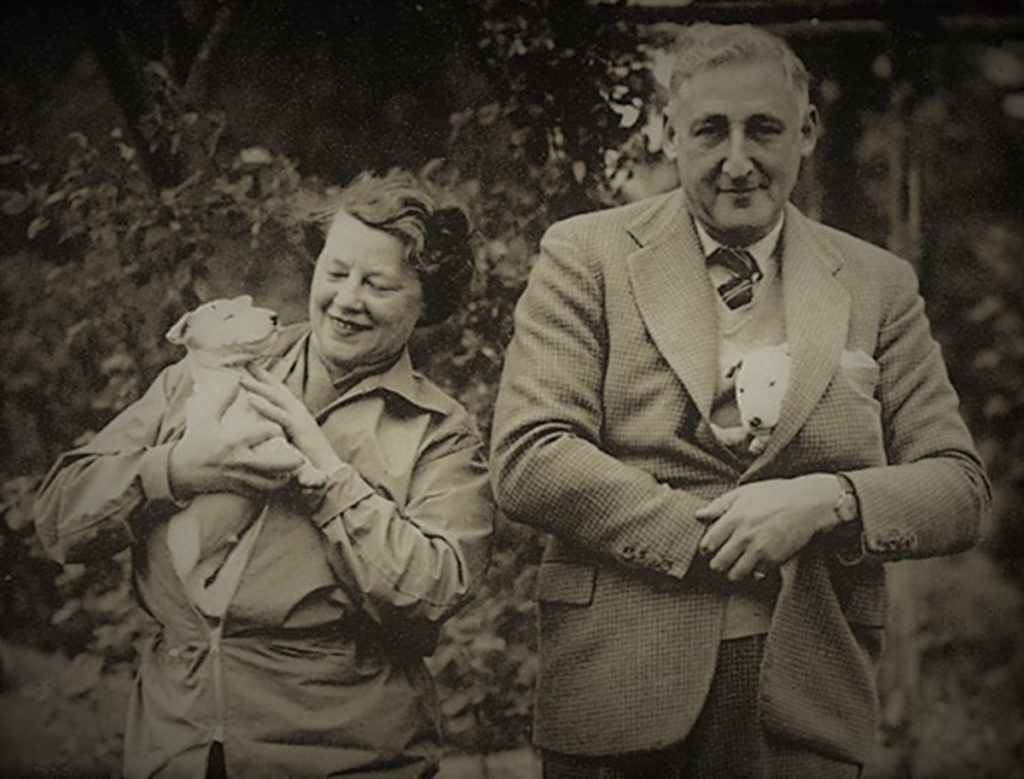
Allevare è (spesso vien da pensare "dovrebbe essere") una cosa seria, che richiede coscienza, impegno e preparazione 🙂
Ecco qua le "sue" 20 regole, che dovrebbero essere la base per allevare coscienziosamente OGNI RAZZA.
1. Ricorda che i soggetti che selezioni per l'allevamento oggi avranno influenza sulla razza per molti anni a venire. Tieni questo bene in mente ogni volta che scegli gli esemplari da riprodurre.
2. Puoi scegliere solo due individui per generazione. Scegli solo il meglio, perché dovrai aspettare la generazione seguente per migliorare ciò con cui hai iniziato. Usali in riproduzione solo se ti aspetti che la progenie sia migliore di entrambi i genitori.
3. Non aspettarti che si avverino le predizioni statistiche in un piccolo numero di animali (come in una cucciolata). Le statistiche si applicano unicamente a grandi popolazioni.
4. Il pedigree è uno strumento che ti aiuta a conoscere le caratteristiche positive e negative che il tuo cane è probabile che esibisca o riproduca. Un pedigree è solo lo specchio delle qualità del cane.
5. Alleva considerando il cane nel suo insieme, non solo una o due caratteristiche. Non seguire le mode nella tua razza, poiché esse generalmente enfatizzano una o due caratteristiche del cane a scapito della solidità e della funzionalità.
6. Qualità non significa quantità. La qualità è prodotta da uno studio attento, avendo un buon disegno mentale di ciò che si tenta di ottenere, avendo la pazienza di attendere finché non siano disponibili i giusti riproduttori e valutare ciò che si è gia prodotto, e più importante, avendo un piano di allevamento che sia al minimo tre generazioni in anticipo rispetto al tuo allevamento odierno.
7. Ricorda che i difetti scheletrici sono i più difficili da modificare.
8. Non ostinarti con un buon cane che non riproduce bene. Divertiti con lui (lei) per la bellezza che rappresenta ma non usarlo in un programma di allevamento.
9. Usa l'out-cross con molta parsimonia. Per ciascuna caratteristica desiderata che acquisisci, avrai molti tratti negativi che dovrai eliminare nelle generazioni future.
10. L'imbreeding è uno strumento prezioso, essendo il metodo più rapido per fissare caratteristiche desiderate e il tipo. Porta allo scoperto tratti nascosti che necessitano di essere eliminati dalla razza.
11. L'allevamento non "crea" nulla. Ciò che hai è ciò con cui hai iniziato. Può essere stato nascosto per generazioni, ma era lì.
12. Abbandona il vecchi clichè secondo cui il fratello di un grande riproduttore riproduce altrettanto bene. I fratelli raramente hanno lo stesso corredo genetico.
13. Sii onesto con te stesso. Non ci sono cani (o cagne) perfetti come non ci sono perfetti riproduttori. Non puoi fare un buon lavoro di selezione se non riconosci i difetti ed i pregi dei cani di cui pianifichi l'allevamento.
14. I tratti ereditari si acquisiscono in forma uguale da ambedue i genitori. Non ti aspettare di risolvere tutti i tuoi problemi in una generazione.
15. Se il peggior cucciolo della tua ultima cucciolata non è migliore del peggior cucciolo della tua prima cucciolata, non hai fatto progressi. La tua ultima cucciolata dovrebbe essere l'ultima.
16. Se il miglior cucciolo della tua ultima cucciolata non è migliore del miglior cucciolo della tua prima cucciolata, non hai fato progressi. La tua ultima cucciolata dovrebbe essere l'ultima.
17. Non scegliere un riproduttore dal migliore o peggiore dei suoi prodotti. Valutalo dalla maggioranza dei caratteri che trasmette.
18. Tieni ben in mente che la qualità è una combinazione di solidità e funzionalità. Non è solamente la mancanza di difetti, ma la positiva presenza dei pregi. È il cane nell'insieme che conta.
19. Non lasciare che i sentimenti personali influenzino la tua scelta dei riproduttori. Il cane giusto per il tuo programma di allevamento è il cane giusto, chiunque lo possegga. Non denigrare mai un buon cane; sono troppo rari e meravigliosi per essere screditati dalle meschinità.
20. Non accontentarti di niente che non sia il meglio. La seconda scelta non è mai abbastanza.
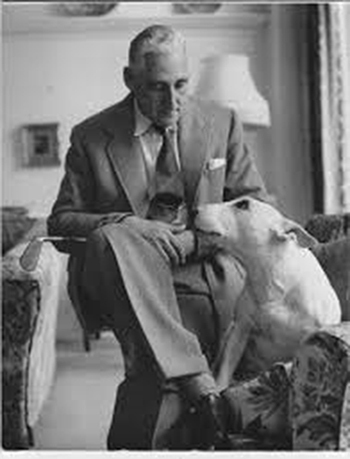
Questa la versione in lingua originale:
1. Remember that the animals you select for breeding today will have an impact on the breed for many years to come. Keep that thought firmly in mind when you choose breeding stock.
2. You can choose only two individuals per generation. Choose only the best, because you will have to wait for another generation to improve what you start with. Breed only if you expect the progeny to be better than both parents.
3. You cannot expect statistical predictions to hold true in a small number of animals (as in one litter of puppies). Statistics only apply to large populations.
4. A pedigree is a tool to help you learn the good and bad attributes that your dog is likely to exhibit or reproduce. A pedigree is only as good as the dog it represents.
5. Breed for a total dog, not just one or two characteristics. Don't follow fads in your breed, because they are usually meant to emphasize one or two features of the dog at the expense of the soundness and function of the whole.
6. Quality does not mean quantity. Quality is produced by careful study, having a good mental picture of what you are trying to achieve, having patience to wait until the right breeding stock is available and to evaluate what you have already produced, and above all, having a breeding plan that is at least three generations ahead of the breeding you do today.
7. Remember that skeletal defects are the most difficult to change.
8. Don't bother with a good dog that cannot produce well. Enjoy him (or her) for the beauty that he represents but don't use him in a breeding program.
9. Use out-crosses very sparingly. For each desirable characteristic you acquire, you will get many bad traits that you will have to eliminate in succeeding generations.
10. Inbreeding is a valuable tool, being the fastest method to set good characteristics and type. It brings to light hidden traits that need to be eliminated from the breed.
11. Breeding does not "create" anything. What you get is what was there to begin with. It may have been hidden for many generations, but it was there.
12. Discard the old cliché about the littermate of that great producer being just as good to breed to. Littermates seldom have the same genetic make-up.
13. Be honest with yourself. There are no perfect dogs or bitches nor are there perfect producers. You cannot do a competent job of breeding if you cannot recognize the faults and virtues of the dogs you plan to breed.
14. Hereditary traits are inherited equally from both parents. Do not expect to solve all of your problems in one generation.
15. If the worst puppy in your last litter is no better than the worst puppy in your first litter, you are not making progress. Your last litter should be your last litter.
16. If the best puppy in your last litter is no better than the best puppy in your first litter, you are not making progress. Your last litter should be your last litter.
17. Do not choose a breeding animal by either the best or the worst that he (or she) has produced. Evaluate the total get by the attributes of the majority.
18. Keep in mind that quality is a combination of soundness and function. It is not merely the lack of faults, but the positive presence of virtues. It is the whole dog that counts.
19. Don't allow personal feelings to influence your choice of breeding stock. The right dog for your breeding program is the right dog, whoever owns it. Don't ever decry a good dog; they are too rare and wonderful to be demeaned by pettiness.
20. Don't be satisfied with anything but the best. The second best is never good enough.
Qui sotto la versione estesa, in lingua originale:
1. Don't make use of indiscriminate outcrosses. A judicious outcross can be of great value, an injudicious one can produce an aggregation of every imaginable fault in the breed.
2. Don't line breed just for the sake of line breeding. Line breeding with complimentary types can bring great rewards, with unsuitable ones it will lead to immediate disaster.
3. Don't take advice from those who have always been unsuccessful breeders if their opinion were worth having they would have proved it by their successes.

4. Don't believe the popular cliché about the brother or the sister of the great Champion being just as good to breed from, for every one that is, there are hundreds that are not. It depends on the animal concerned.
5. Don't credit your own dogs with virtues they do not possess. Self deceit is a stepping stone to failure. In other words don't be kennel blind.
6. Don't breed from mediocrities, the absence of a fault does not in any way signify the presence of its corresponding virtue.
7. Don't assess the worth of a stud dog by its inferior progeny. All stud dogs sire some animals of lesser quality at times; what matters is how good their best efforts are. Conversely, don't judge a stud dog by one great offspring produced out of many and always remember that the stud dog only makes up for half of a great dog.
8. Don't allow personal feelings to influence your choice of a stud dog. The right dog for your bitch is the right dog, regardless of who owns it.
9. Don't allow admiration of a stud dog to blind you to his faults.
10. Don't mate animals that share the same fault.
11. Don't forget it is the whole dog that counts. If you forget one virtue while searching for another you will pay for it.
12. Don't search for the perfect dog as a mate for your bitch. The perfect dog (or bitch) doesn't exist, never has and never will.
13. Don't be frightened of breeding from animals that have obvious faults so long as they have compensating virtues. A lack of a virtue is by far the greatest fault of all. And never breed two dogs with the same fault.
14. Don't mate non complimentary types. An ability to recognise type at a glance is a breeder's greatest gift. Ask the successful breeders to explain this subject; there is no other way of learning.
15. Don't forget the necessity to preserve the quality head. It will vanish like a dream if you do.
16. Don't forget that substance plus quality should be another one of your aims. Any fool can breed one without the other.
17. Don't forget that a great head plus soundness should be another one of your aims. Many people can breed one without the other or neither.
18. Ask yourself "Am I a breeder, or do I just produce puppies?" Remember, it's your reputation at stake and a bad one will haunt you for a very long time!
19. Keep the breed's best interest at heart, if you know your dog has a serious congenital defect, don't breed it.
20. Learn to read a pedigree and do your best to breed the most complimentary dog to your bitch.
21. Don't let sentiment be your reason for breeding your dog, if he is not worthy of being shown, why would you breed him?
22. Don't use the excuse "she wants to have babies". Your bitch would probably prefer never being bred and she will never miss having babies.
23. Don't believe its healthier for a bitch to have a litter before she is spayed, its healthier for a pet bitch to be spayed without having a litter.
24. Colour should be a determining factor.
25. Never be satisfied with anything but the very best.
26. Second best is never good enough.
27. Your reputation as a breeder is at stake.
28. The foundation that you lay is what will determine the quality of the stock you will produce for a long time to come.
29. The strength of a blood line can be greatly weakened by mating to an unreliable dog or bitch which is the opposite of inbreeding or line breeding and is termed "out breeding". However, while the blood line may be weakened, the quality of the pups might still be good if the combination were a lucky one. It will be important to breed offspring of an outcross back into either the sire or the dam's line.
30. Inbreeding intensifies all qualities, whether good or bad. Remember that.
31. If most of the characteristics are good, inbreeding is an excellent way to obtain uniform type, since each parent is dominant principally in the same qualities.
32. The stud must be dominant in the same characteristics as the bitch and should also be dominant in additional good qualities which appear as faults in the bitch.
33. To breed for improvement, you must know the breed and be able to recognize a good specimen when you see it. You must be able to visualize the perfect individual toward which you are striving and never give up in attaining that end.
34. In evaluating pedigrees, don't let the number of titles be a determining factor unless you personally know every dog back for at least three generations.
35. The age of a stud dog has no bearing on the quality he can produce.
36. Don't breed bitches too early. If she is immature, you will just be robbing her of time for which to develop.
37. Any animal whether cow or dog will yield much better if it is happy and contented with its lot in life.
38. REMEMBER: Don't try to make huge profits in breeding dogs, your reputation as a puppy farmer will grow faster than a forest fire and the breed won't suffer as a whole.
39. It is not great numbers of dogs which makes a Kennel great, but rather it is the excellence of the few. Even if you breed rarely don't settle for second best.
40. Don't ever try to decry a great dog. A thing of beauty is not only a joy forever, but a great dog should be a source of aesthetic pride and pleasure to all true lovers of the breed.
Queste 20 regole di base per allevare sono i consigli che un illustrissimo esperto avrebbe dato ad ognuno di noi.
Alla nostra coscienza sta apprezzarle e, soprattutto, cercare di farne buon uso...
Sei interessato ad altri articoli di questo genere?
Mi fa molto piacere!
Lasciami la tua email così riceverai puntualmente tutte le novità riguardo alle nuove pubblicazioni!
Segui il mio profilo Facebook e condividi con i tuoi amici gli articoli che ti sono sembrati interessanti!


